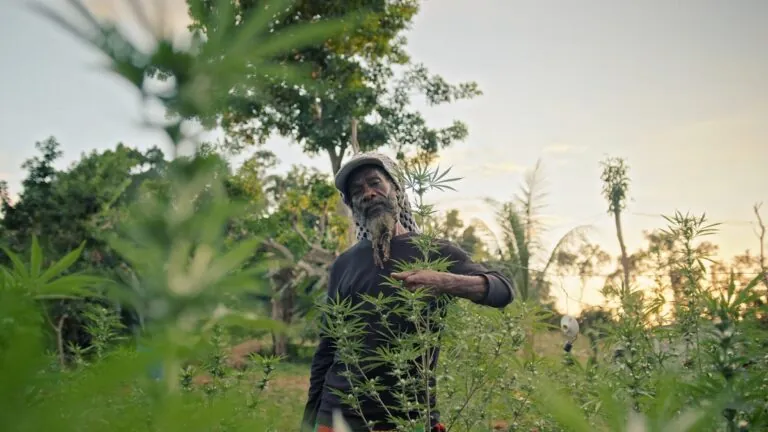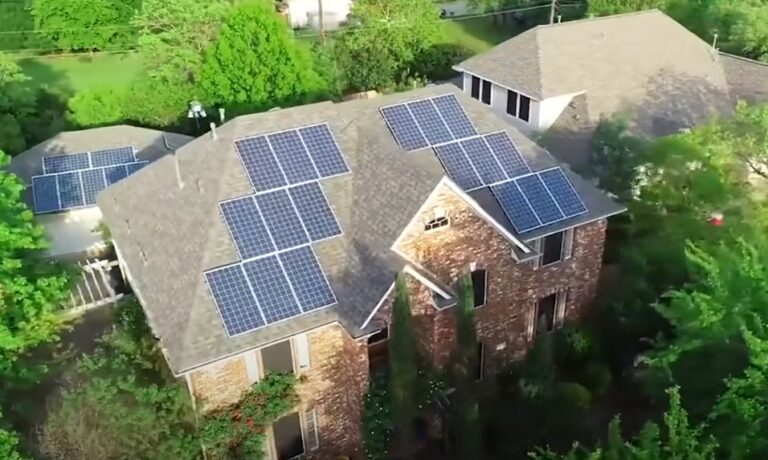Young William, curious and eager, read as many books as he could at his local library. Despite tough times, he kept going, motivated by his family’s struggles during a severe drought.
William’s life changed dramatically when he discovered a book about windmills. This discovery led him to build a wind turbine from scrap material, showcasing the potential and resilience found in rural areas.
William Kamkwamba‘s move from a tiny village in Malawi to become a lighthouse of innovation shows what people from rural backgrounds can achieve. Despite limited resources, education, and infrastructure, rural innovators have great potential to create positive change in their communities, needing a diverse approach to support their success.
We’re going to look at the challenges faced by rural innovators like William, who have big dreams and make a real difference in their communities.
Limited Access to Resources
In rural areas, one big problem for people trying to invent or create new things is that they often don’t have what they need. This is something William Kamkwamba ran into when he wanted to build a windmill.
He didn’t do this just to be clever; he needed to because he and others didn’t have much in the way of supplies where he lived. In cities, people can usually find the materials, tools, and money they need much easier.
But in the countryside, these things can be hard to come by. This means that people like William have to use whatever they can find, even if it’s old or thrown away, to make their projects work.
But there’s only so much you can do with limited stuff, and this can stop good ideas from growing into bigger, better things. The problem isn’t just about not having enough materials like wood or metal; it’s also about not having enough money.
To make a new idea real and useful to many people, you often need some money to start. But in many rural places, getting this money is tough.
Because of this, many great ideas that could help a lot of people just stay as ideas and never happen. Imagine the impact if we could bridge the gap between rural innovators and the resources they need.
What can we do to make this a reality?
Infrastructure and Connectivity
The issue of infrastructure goes beyond just poor road conditions or the absence of reliable electricity; it extends significantly into the realm of digital connectivity. Today, the internet is not just a luxury; it’s a crucial gateway to a plethora of resources and opportunities.
It’s about accessing vital information, educational materials, online communities, and funding opportunities for various projects. Unfortunately, many rural regions suffer from inadequate or non-existent internet services, a situation often referred to as the digital divide.
This divide is not merely about being unable to browse the web; it represents a substantial barrier to progress and development. For individuals living in these areas, it means being sidelined in an increasingly digital world, missing out on educational opportunities that could transform their lives and communities.
It means limited exposure to new ideas and innovations that could inspire local projects or improve agricultural practices, which are often the backbone of rural economies.
Educational Challenges
Education is important if you want to invent or create new things. But for people living in the countryside, like many inventors, getting a good education can be tough.
William Kamkwamba had to leave school because his family didn’t have enough money. Still, he kept learning on his own by reading books and trying things out himself.
But not everyone can do this, especially if they can’t get books or other learning materials. When you don’t get enough education, it’s harder to solve tricky problems, use the latest technology, or know about big changes happening in the world that you could use in your backyard.
This is a big deal for country folks who want to make new things because it can stop them from bringing their ideas to life or making them better. They might have brilliant ideas but without understanding certain subjects well, they can’t turn these ideas into reality.
Cultural and Social Hurdles
Creating new things doesn’t just happen out of nowhere; it’s shaped by the culture and society people live in. In rural places, those trying to innovate can run into a lot of doubt and pushback from the people around them.
Often, communities hold onto old ways of doing things tightly because that’s what they know and trust. New ideas and gadgets can seem strange or even threatening to these traditional ways.
For example, William Kamkwamba had to deal with people making fun of him when he started building his windmill. In many places like his, sticking to the old ways is seen as safe and right, while anything new is viewed with suspicion.
This kind of attitude can make it hard for those with fresh ideas to keep going. They might feel left out or scared to show and tell others about what they’re working on.
This problem isn’t just about feeling unsupported; it can stop good changes from happening in these communities. If people are too scared or discouraged to try new things or share their inventions, many solutions that could help everyone might never see the light of day.
Market Access and Support Networks
After rural inventors figured out how to deal with not having enough materials, problems with school, bad roads, or people not believing in them, they hit another big roadblock: getting their new ideas out into the world, where they could be used and make money. These inventors need to be able to sell their creations not just close to home but also in far-off places.
This is how they can keep making more great stuff. But here’s the thing: a lot of times, these inventors don’t know the right people who can help them get their products out there.
They might not have friends or contacts who know about business or have the power to introduce their inventions to bigger markets. This is where having a good support network comes in.
Think of this network as a group of helpful friends who can give advice, cheer you on, and introduce you to important people who can buy your product or invest in your ideas. Without these kinds of connections, it’s super hard for inventors in the countryside to grow their projects or even know where to start.
They might have a really good invention, but if they can’t show it to the right people, it won’t go anywhere. That’s why being able to reach bigger markets and having people to support and guide you is super important for anyone trying to make new things, especially in rural areas.
Moving Forward: Harnessing Rural Innovation
Despite these challenges, the story of William Kamkwamba and countless other rural innovators continues to inspire. Their resilience highlights the untapped potential lying in rural areas worldwide.
Addressing the challenges faced by these innovators requires a multi-faceted approach:
- Resource Accessibility: Establishing local innovation hubs equipped with materials and tools can empower rural innovators.
- Education and Training: Providing accessible education and technical training, both in-person and through digital platforms, can bridge knowledge gaps.
- Infrastructure Development: Improving infrastructure and connectivity can integrate rural innovators into the wider innovation ecosystem.
- Cultural Engagement: Working within cultural contexts and engaging community leaders can help shift perceptions toward innovation.
- Network Building: Creating platforms that connect rural innovators with mentors, investors, and markets can propel their ideas forward.
FAQ
Final Words
William Kamkwamba’s journey from a small village in Malawi to international recognition shows the power of determination and creativity. Facing challenges like scarce resources, basic education, and poor infrastructure, he never gave up.
By harnessing wind power, he brought light to his community. His story is incredibly motivating.
We can all play a role in empowering rural innovators by supporting their projects, sharing knowledge, and providing resources, we can help turn their ideas into reality. Whether it’s through crowdfunding, volunteering, or simply spreading the word, every bit of help counts in nurturing the seeds of rural innovation.
Together, we can create a brighter future where every innovator has the chance to shine and contribute to their community.











